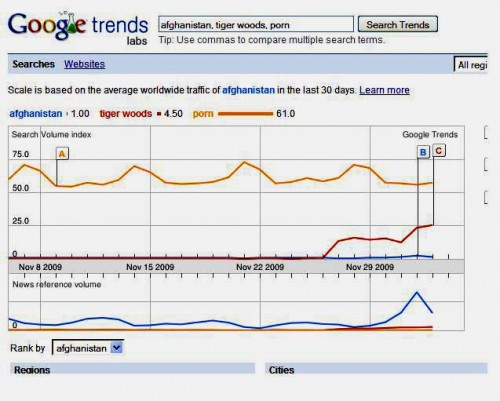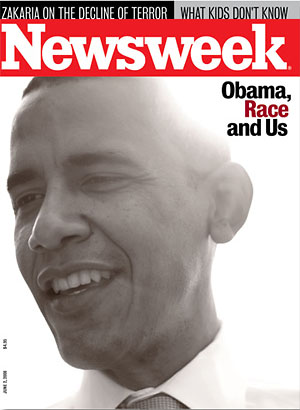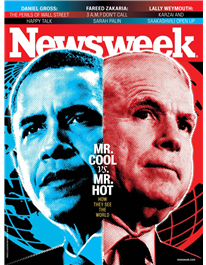Chrissy B., Dmitriy T.M., and Lindsay sent in videos regarding Brit Hume speaking on Fox News about the Tiger Woods scandal, arguing that he needs to convert to Christianity, rather than his current Buddhist beliefs, if he’s going to get back on the right moral track:
Transcript of the main point:
The extent to which he can recover seems to me depends on his faith, he’s said to be a Buddhist, I don’t think that faith offers the kind of forgiveness and redemption that is offered by the Christian faith, so.. my message to Tiger would be, “Tiger, turn your faith–turn to the Christian faith, and you can make a total recovery and be a GREAT example to the world.”
It’s an interesting example of how many Americans treat Christianity as the default, “normal,” and the best religion for everyone. Can you imagine Fox News, or any other news outlet, intentionally giving air time to a person saying that Tiger Woods needs to convert from Christianity to Buddhism (or any other religion) if he’s going to change his behavior? Can you imagine the outcry if the suggested religion was Islam?
The Daily Show aired a segment that addressed this issue, and then a day later had another segment about Brit Hume’s claims that Christianity is under attack in the U.S.:
| The Daily Show With Jon Stewart | Mon – Thurs 11p / 10c | |||
| The Best F**king News Team Ever – Tiger Woods’ Faith | ||||
|
||||
| The Daily Show With Jon Stewart | Mon – Thurs 11p / 10c | |||
| The Temple of Hume | ||||
|
||||
None of this, of course, even addresses the irony of suggesting that Christianity is the only religion that can help save you from infidelity, given the number of conservative Christian politicians who have been caught cheating on their wives in the past couple of years. But I don’t think irony is Hume’s strong suit.
UPDATE: Rosa S. of Newsy sent in this segment about the issue:






















